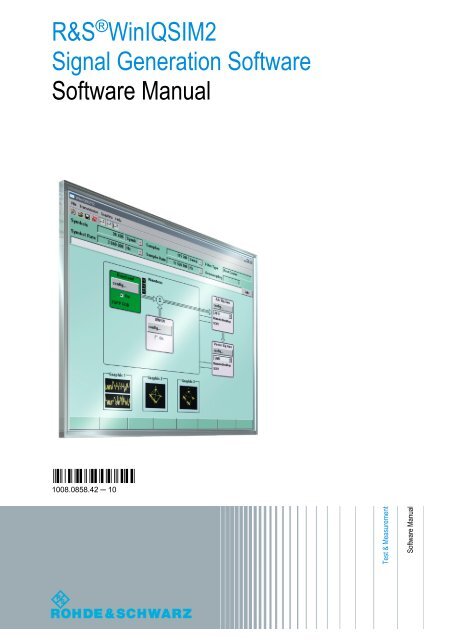

- #Microsoft dynamics rms invalid procedure call or argument upgrade
- #Microsoft dynamics rms invalid procedure call or argument windows 10
- #Microsoft dynamics rms invalid procedure call or argument free
#Microsoft dynamics rms invalid procedure call or argument windows 10
+**Browser cookies**: In Windows 10, Azure AD supports browser SSO in Internet Explorer and Microsoft Edge natively, in Google Chrome via the Windows 10 accounts extension and in Mozilla Firefox v91+ via a browser setting.
#Microsoft dynamics rms invalid procedure call or argument free
This feature of the free tier makes sure the critical administrator accounts are protected by multi-factor authentication. Even when security defaults aren't used to enable multi-factor authentication for everyone, users assigned the *Azure AD Global Administrator* role can be configured to use multi-factor authentication. | | ()(./verifiable-credentials/how-to-create-a-free-developer-account.md) | You can use (./fundamentals/concept-fundamentals-security-defaults.md) to prompt users for multi-factor authentication as needed but you don't have granular control of enabled users or scenarios, but it does provide that additional security step. For more information, see (/microsoft-365/admin/security-and-compliance/set-up-multi-factor-authentication).
#Microsoft dynamics rms invalid procedure call or argument upgrade
For an improved user experience, upgrade to Azure AD Premium P1 or P2 and use Conditional Access. Management of Azure AD Multi-Factor Authentication is through the Microsoft 365 portal. +| () | Azure AD Multi-Factor Authentication can be enabled all users using (./fundamentals/concept-fundamentals-security-defaults.md). Adds (./conditional-access/howto-conditional-access-policy-risk.md) to the Azure AD Premium P1 features that adapts to user's patterns and minimizes multi-factor authentication prompts. | | (./fundamentals/active-directory-get-started-premium.md) | Provides the strongest security position and improved user experience. | | (./fundamentals/active-directory-get-started-premium.md) | You can use (./conditional-access/howto-conditional-access-policy-all-users-mfa.md) to prompt users for multi-factor authentication during certain scenarios or events to fit your business requirements. You can use the same Conditional Access features noted in the following sections to provide multi-factor authentication to users. EMS E5 or Microsoft 365 E5 includes Azure AD Premium P2.

The following table details the different ways to get Azure AD Multi-Factor Auth | () and () or () | EMS E3, Microsoft 365 E3, and Microsoft 365 Business Premium includes Azure AD Premium P1. +(#append) (#approleassignmentscomplex) (#bitand) (#cbool) (#cdate) (#coalesce) (#converttobase64) (#converttoutf8hex) (#count) (#cstr) (#dateadd) (#datediff) (#datefromnum) (#formatdatetime) (#guid) (#ignoreflowifnullorempty) (#iif) (#instr) (#isnull) (#isnullorempty) (#ispresent) (#isstring) (#item) (#join) (#left) (#mid) (#normalizediacritics) (#not) (#now) (#numfromdate) (#removeduplicates) (#replace) (#selectuniquevalue) (#singleapproleassignment) (#split) (#stripspaces) (#switch) (#tolower) (#toupper) (#word) # Append

(#append) (#approleassignmentscomplex) (#bitand) (#cbool) (#cdate) (#coalesce) (#converttobase64) (#converttoutf8hex) (#count) (#cstr) (#dateadd) (#datefromnum) (#formatdatetime) (#guid) (#ignoreflowifnullorempty) (#iif) (#instr) (#isnull) (#isnullorempty) (#ispresent) (#isstring) (#item) (#join) (#left) (#mid) (#normalizediacritics) (#not) (#now) (#numfromdate) (#removeduplicates) (#replace) (#selectuniquevalue) (#singleapproleassignment) (#split) (#stripspaces) (#switch) (#tolower) (#toupper) (#word)


 0 kommentar(er)
0 kommentar(er)
